 Images
of Pigeon Hill, once the most visible natural landmark in Muskegon. Images
of Pigeon Hill, once the most visible natural landmark in Muskegon. |

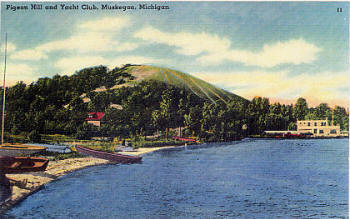 |
|
|
The majestic
sand dune known as Pigeon Hill was located across the street from Lake
Michigan Park. Legend has it that the dune soared some 300 feet
into the air and covered some 40 acres at its base.
"Although in later accounts the legendary hill’s height grew to upwards
of 300 feet",
noted Muskegon Chronicle Dave LeMieux in a 2010 article, "it
was precisely measured at 217 feet in 1907 by Muskegon High School’s
trigonometry class." It dwarfed the
surrounding landscape and served as a backdrop for the homes
in the Actors' Colony. |
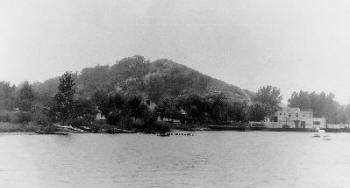 |
|
|
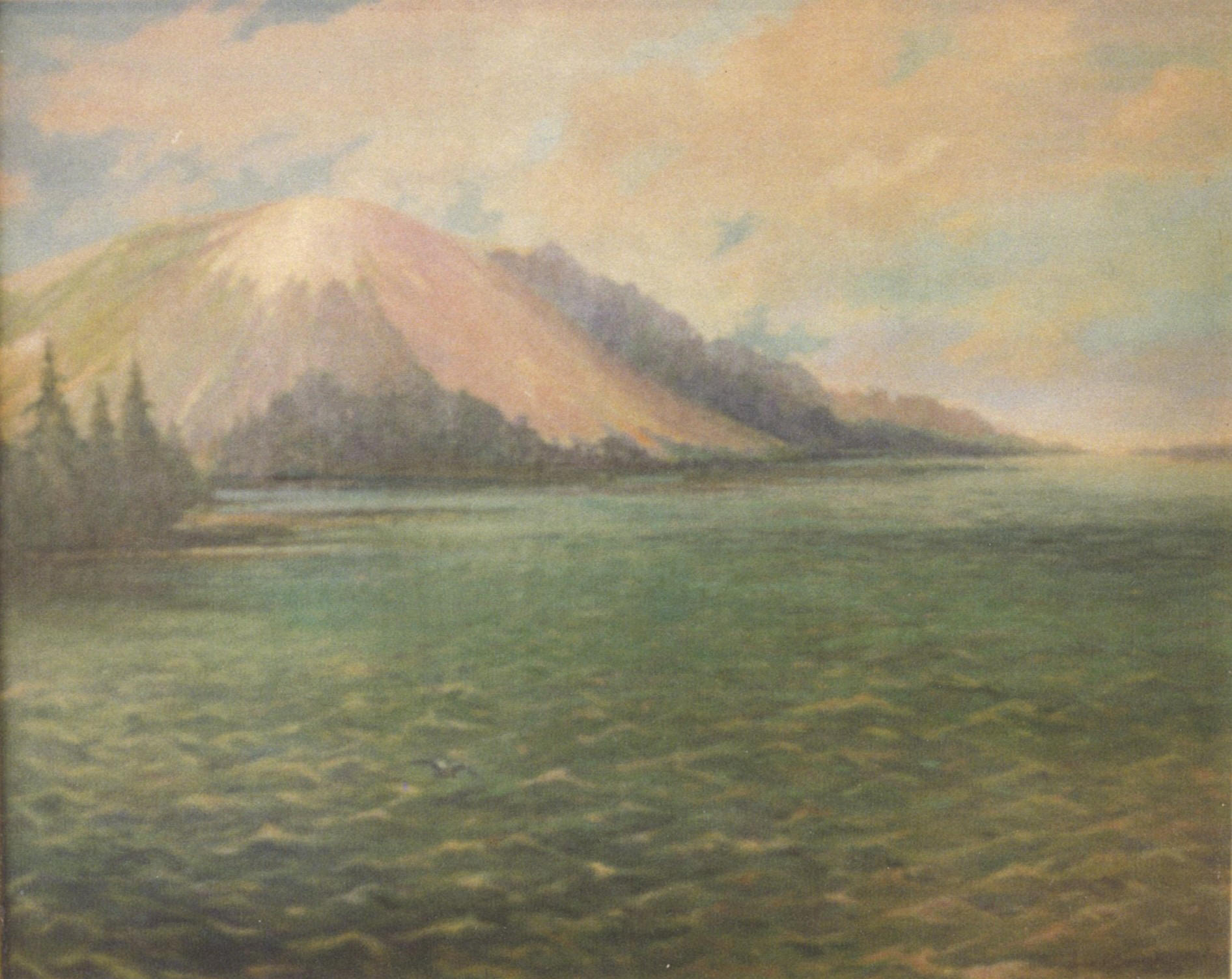 |
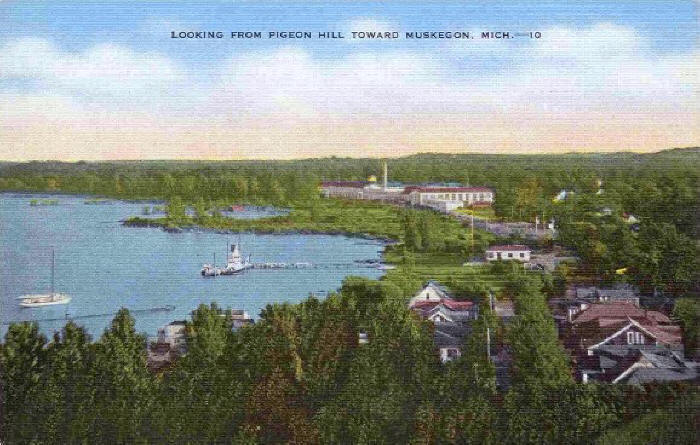 |
|
|
| The property once played host to thousands of
passenger pigeons during the 1800s, thus earning its name. When
a flock took flight, the sky would darken due to the sheer
number of reddish-breasted birds. A
delicacy in restaurants in large cities, the birds were hunted and
served as squab.
Combined with deforestation and the disappearance of natural habitat,
the passenger pigeon was last spotted in the wild in 1902. The
last know passenger pigeon, named Martha, died in captivity in
the Cincinnati Zoo in 1914. By
1930, the bird was considered extinct. |

Created by
artist Lewis Cross, this 6' by 11' painting hangs in the lobby
of the Lakeshore Museum Center in Muskegon. |
|
| |
 |
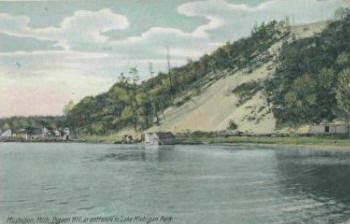 |
|
Owned by D.D. Erwin, the landmark dune was sold by
his estate
around 1920. Purchased by a newly-formed company that included investors from the
Nugent Sand Company and the Pere Marquette Railroad, a Muskegon
Chronicle report in May of 1925 announced that the sand from the hill
would be mined for industry, and the cleared site would be developed for
residential use. A lawsuit to prevent the building of a railroad
spur to the site was filed by area residents, but did not halt progress.
Demand for industrial casting sand was growing. By April of 1936, Sand Products
Corporation had built a conveyor system to load sand on awaiting
steamers, destined for industrial centers throughout the Midwest. |
|
|
 |
|
|
 |
|
|
 |
|
"The sand
dock, with its many ships loading night and day was a part of the
Bluffton scene for many years," noted the authors of Shifting Sands
- A Story of the Bluffton Area. |
|
Sand removal from the site continued until
1967. In the mid-1950's, the barren land attracted the interest of a
chemical producer who wished to build a large plant in the area.
Bluffton residents battled back to prevent the city from allowing the
purchase of the site. |
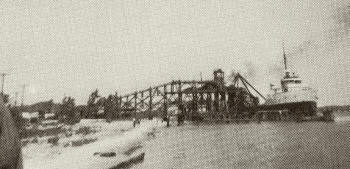 |
Various attempts to redevelop the land continued over
the years. In the 1980's the property was sold to real estate
developers, who created a marina and yacht club on the site. Plans to build
condominiums on the surrounding land was slow to develop. A change
in ownership in 1992 kick-started the project, and has led to the
creation of Harbour Towne. Located
on 71 acres, it is now considered one of Michigan's finest condominium
communities.
|
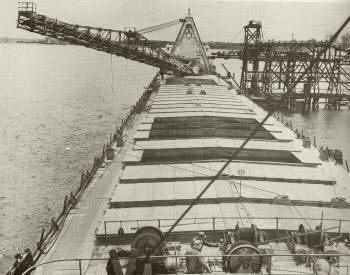 |
|
|
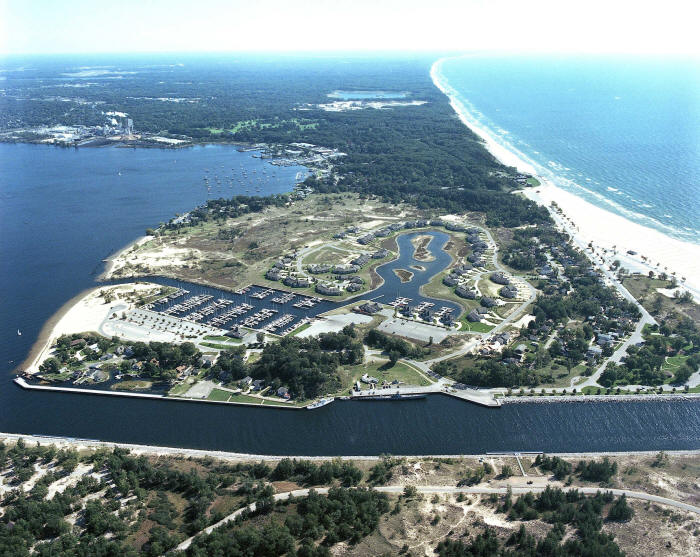 |
 Images
of Pigeon Hill, once the most visible natural landmark in Muskegon.
Images
of Pigeon Hill, once the most visible natural landmark in Muskegon.









